From Checkmate to Road Trip (Part 2)
A Veteran’s Life is Extended through PCF-Funded Science
Part Two: Dramatic Improvement and a New Clinical Trial
Meet Rodolfo, Kelly, and his doctors in this video.
Rodolfo LLobet, an airline pilot and U.S. Navy Veteran, was very close to entering hospice care for his metastatic prostate cancer. After three clinical trials and nine treatments – none of which worked for longer than a few months – his doctors had run out of options. Physician-scientist Maneesh Jain, M.D., medical oncologist at the DC VA Hospital and George Washington University, was his last hope, and what he had to offer Rodolfo had never been tried in a prostate cancer patient: off-label use of T-DXd, an antibody-drug conjugate drug approved for use in other cancers that produce a protein called HER2. (See Box in Part 1 for definitions.)
Jain is co-Principal Investigator of the Edward P. Evans-PCF Precision Oncology Center of Excellence. He happened to be looking at HER2 and other biomarkers using immunohistochemistry in a research project funded by PCF, had tested Rodolfo’s cancer and found that it expressed HER2. He believed Rodolfo might be helped by T-DXd – even though years earlier, attempts to target HER2 with different drugs had proved a bust in prostate cancer. T-DXd worked differently (see part 1). “It’s an incredible drug. It will work” in every cancer cell that produces HER2, “because it kills that target and the neighboring cancer cells.”
For Rodolfo, T-DXd did what no other treatment had managed to do: made a spectacular difference in his cancer and gave him his life back. After four cycles of T-DXd, Rodolfo showed a 57 percent overall reduction in his cancer, including metastases in the brain. “His condition improved significantly, defying earlier prognoses that suggested a transition to hospice care due to a lack of treatment options,” Jain and colleagues wrote in November 2024, in a case report published in the Annals of Internal Medicine.
Even after two cycles of treatment, Rodolfo had a “dramatic improvement in his fatigue and his appetite,” says Jain. “His energy increased, because his hemoglobin increased. There had been a huge tumor on the left side of his neck, and that shrank so that you could no longer palpate it. He no longer had bone pain. With that neck tumor, he couldn’t swallow well on that side, and his vision was impaired on the left side. A lot of those symptoms went away within a few months.”
A New Clinical Trial
Jain is Principal Investigator of the CaRPET trial (NCT06610825), supported by Daiichi Sankyo, now enrolling 60 patients at six VA sites (including DC VA), Vanderbilt University, and George Washington University. He hopes to answer the question: does a man need to have 3+ [i.e., high] HER2 expression to respond to T-DXd? “We will have arms of immunochemistry (IHC) 3+, 2+, and 1+,” he says. “We’re very excited about it.”
Jain has this important message for all patients with advanced prostate cancer, and for all doctors treating them: “Oncologists do not check protein expression or immunohistochemistry expression in prostate cancer. We check it in breast cancer and a lot of other solid tumors, but not in prostate cancer. Instead, we rely on next-generation sequencing to get a tumor profile. But in prostate cancer, you don’t see HER2 by next-generation sequencing. So if you don’t check this by immunohistochemistry, you’re going to miss it. And if you don’t have the right scoring system, then you might not be giving people like Mr. LLobet this benefit, because he would have been given a lower score, He would not have been a candidate for this drug – and he gives us so much hope!”
Read next: Part Three: Well Enough for a Cross-Country Adventure

